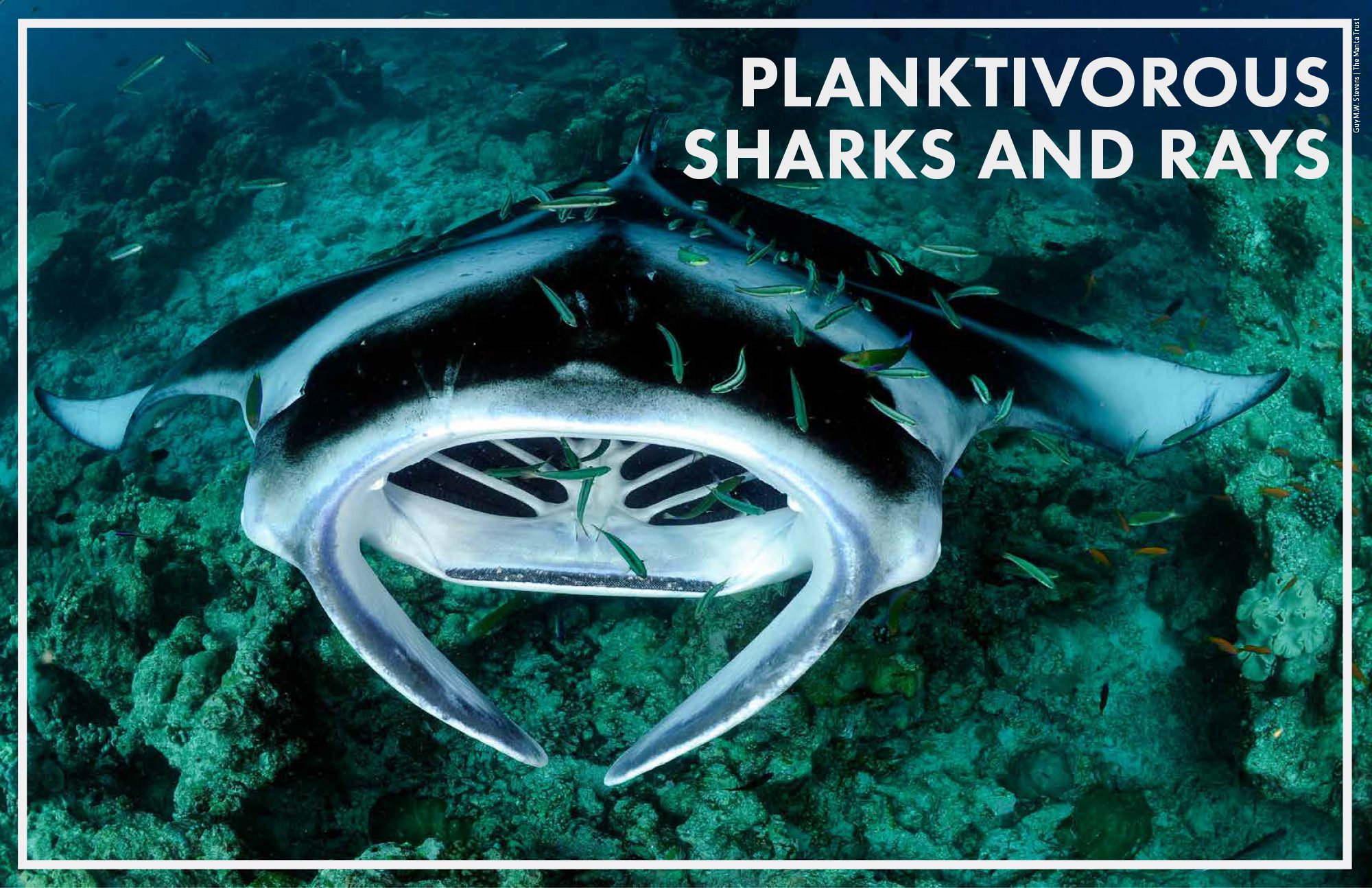Planktivorous sharks and rays are an ecological grouping of at least 12 species, including nine rays and three sharks. The rays are all within the family Mobulidae and genus Mobula, including two currently recognised species of manta rays (formerly Manta). Species-level taxonomy is not fully resolved within this group, and one or two additional species may be delimited (Stewart et al., 2018; Hosegood et al., 2020). The three planktivorous sharks are Whale Shark (Rhincodon typus), Basking Shark (Cetorhinus maximus), and Megamouth Shark (Megachasma pelagios), which span the orders Orectolobiformes (Whale Shark) and Lamniformes (Basking Shark and Megamouth Shark). All three species are in monospecific families, so they are not closely related. Whale Shark and Basking Shark are considered in the top 50 ‘Evolutionarily Distinct and Globally Endangered’ (EDGE) sharks and rays in the world (EDGE, 2017).
This group contains the largest sharks and rays, and indeed the largest poikilothermic vertebrates. Whale Shark reach 18–20 m in length, while the other two aforementioned shark species also exceed 7 m. The Oceanic Manta Ray (Mobula birostris) is the largest of all rays, growing to around 7 m in disc width (DW). The smallest species in this group are the four pygmy devil rays (Munk’s Pygmy Devil Ray [Mobula munkiana], Atlantic Pygmy Devil Ray [Mobula hypostoma], Shorthorned Pygmy Devil Ray [Mobula kuhlii], and Longhorned Pygmy Devil Ray [Mobula eregoodoo]), which all attain maximum DW of ~1.3 m (Stewart et al., 2018; Notarbartolo di Sciara et al., 2020).

